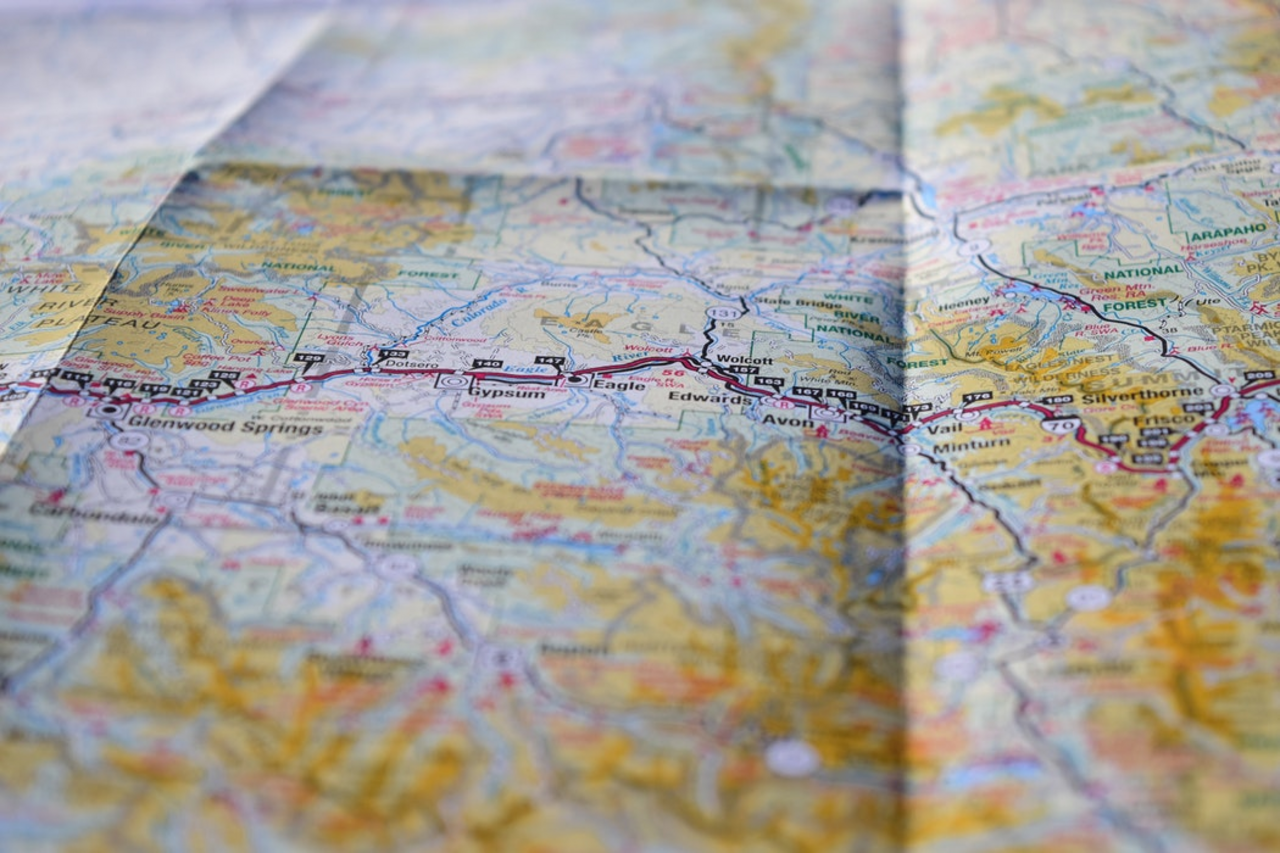In the following three-part series, we provide an alternative data perspective on the current location data market, beginning with an overview of existing positioning technologies and the different ways that location data is made available to third parties.
Part 1: Location data types
Part 2: Geofencing and device counting
Part 3: Regulatory trends
Friendly PSA: the following information is intended as a general primer on location intelligence. If you are already a sophisticated user of this data (or are even just passably familiar with it) then there is a chance that you will not learn anything new here.
What is (geo)location data?
Geolocation is the process of identifying or estimating the real-word location of an object, which is typically a smart device. The information is often provided in the form of coordinate points – e.g. longitude and latitude.
Some key terminology
• Georeferencing: identifying the physical location of an object or person, relative to a map (E.g. a car navigation system)
• Geocoding: converting physical address descriptions into geographic coordinates (E.g. entering a newly-built restaurant into Google Maps)
• Geotagging: embedding geographic data into an object’s metadata for future reference (E.g. assigning a location to a social media post)
How can an investor use location data?
In previous Neudata intelligence pieces, we have highlighted case studies demonstrating how location data can be used to
